Luxury Safaris to South Africa
South Africa really does have it all from the best Big 5 safaris in Africa, one of the most beautiful cities in the world, Cape Town, incredible landscapes, world class wines and restaurants, adventure, beaches and so much more. A safari to South Africa is perfect a honeymoon safari, a family safari, walking safari, helicopter safari, luxury safari and is ideal for a first timer to Africa safari.
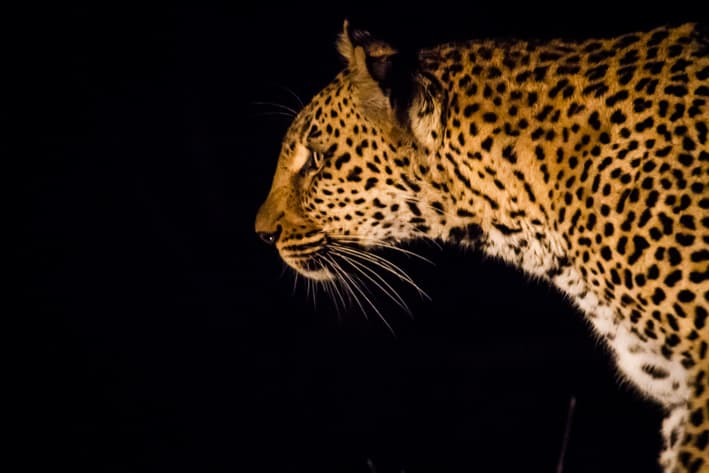
BEST OF SOUTH AFRICA SAFARI
9-Nights
Destinations visited:
- Cape Town
- Winelands
- Sabi Sands
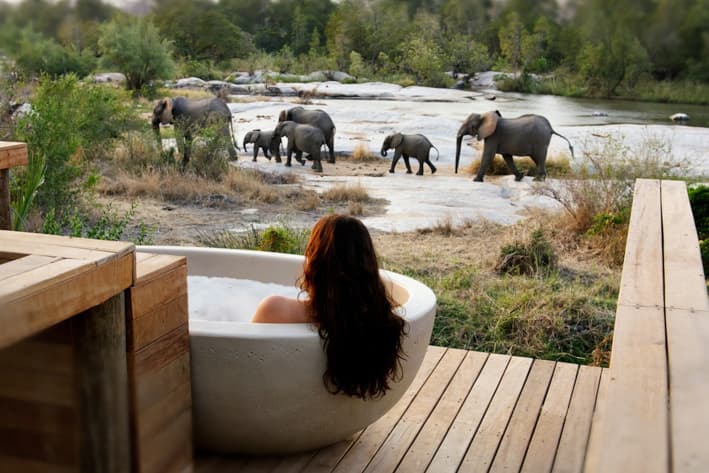
SOUTH AFRICA HONEYMOON SAFARI
13-Nights
Destinations visited:
- Cape Town
- Sabi Sands
- Bazaruto Island
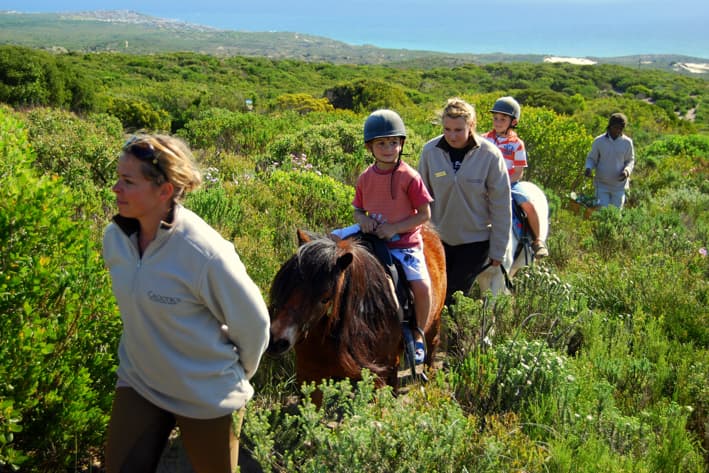
10-Nights
Destinations visited:
- Cape Town
- Grootbos
- Kwandwe
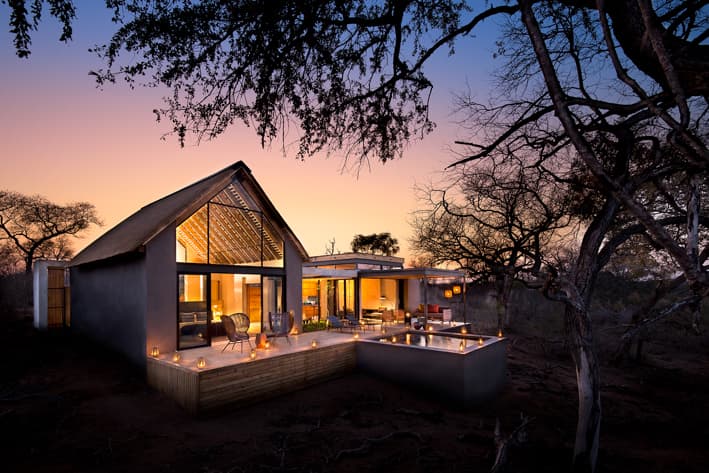
SOUTH AFRICA LUXURY SAFARI
10-Nights
Destinations visited:
- Sabi Sands
- Tswalu
- Cape Town
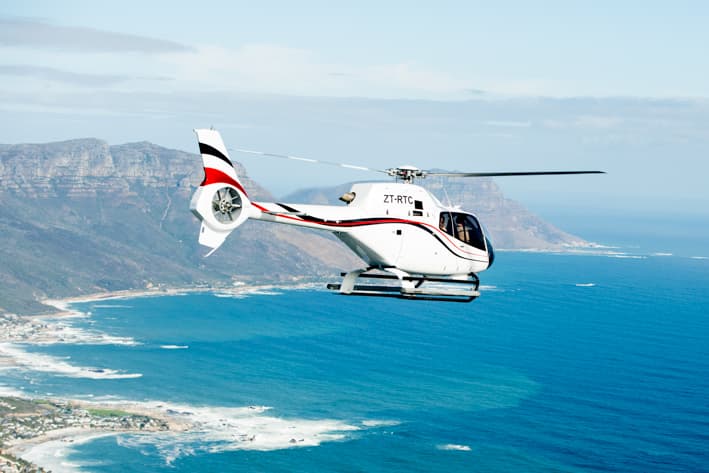
SOUTH AFRICA HELICOPTER SAFARI
10-Nights
Destinations visited:
- Cape Town
- Grootbos
- De Hoop
- Timbavati
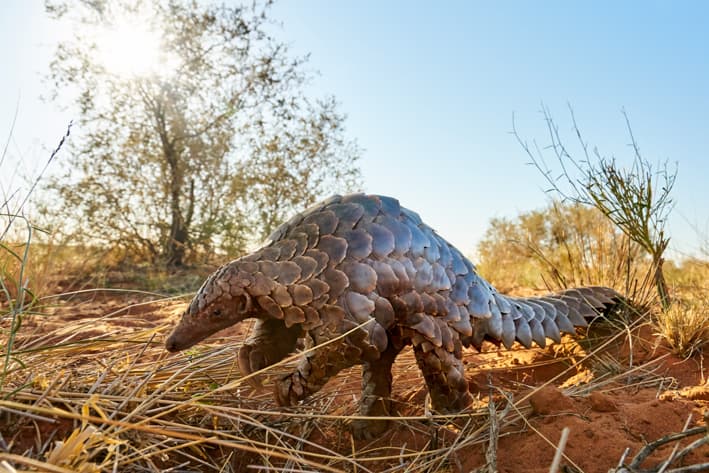
9-Nights
Destinations visited:
- Cape Town
- Winelands
- Tswalu
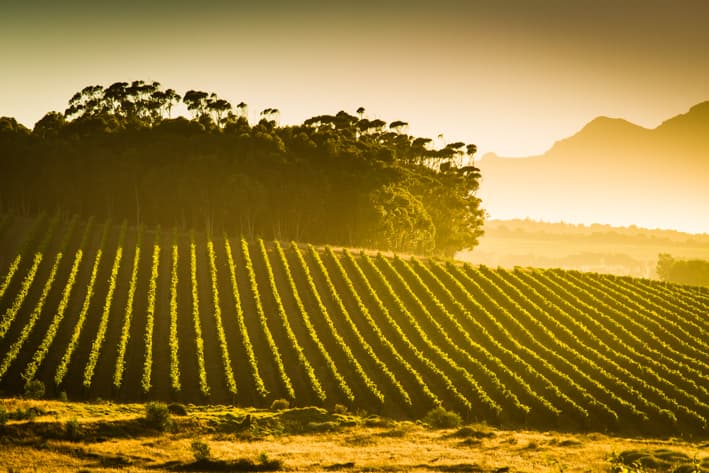
WINE, WATERFALLS & ELEPHANTS SAFARI
10-Nights
Destinations visited:
- Cape Town
- Victoria Falls
- Hwange National Park
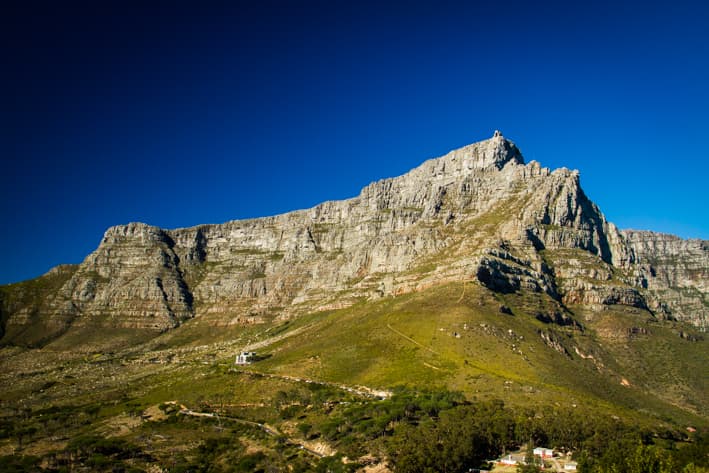
BEST OF SOUTHERN AFRICA SAFARI
10-Nights
Destinations visited:
- Cape Town
- Okavango Delta
- Victoria Falls
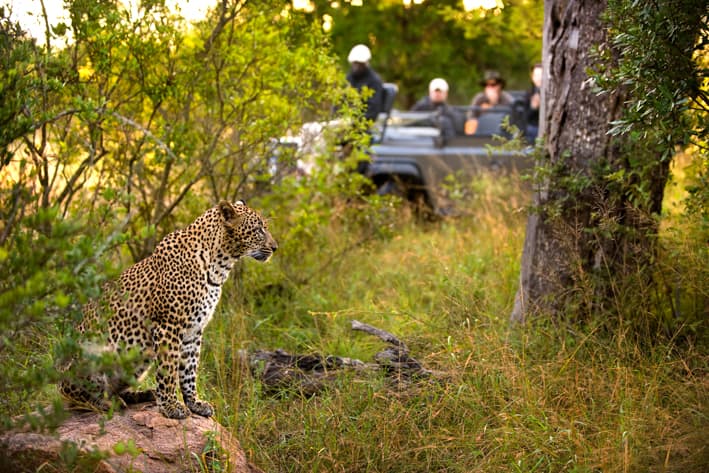
11-Nights
Destinations visited:
- Cape Town
- Sabi Sands
- Victoria Falls
- Hwange National Park
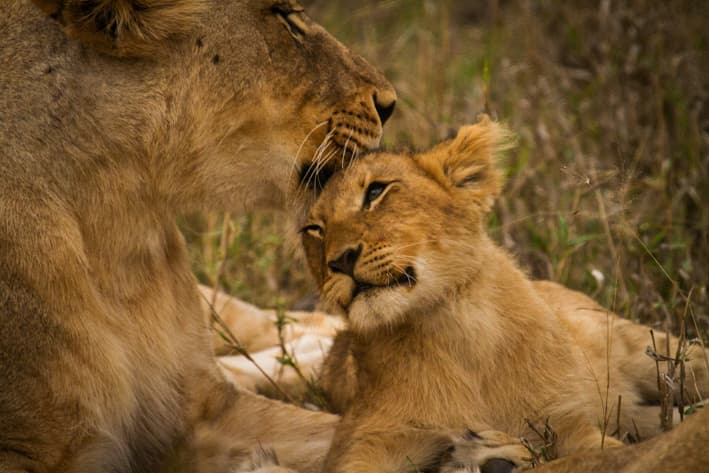
SOUTH AFRICA & MADAGASCAR SAFARI
12-Nights
Destinations visited:
- Cape Town
- Sabi Sands
- Andasibe National Park
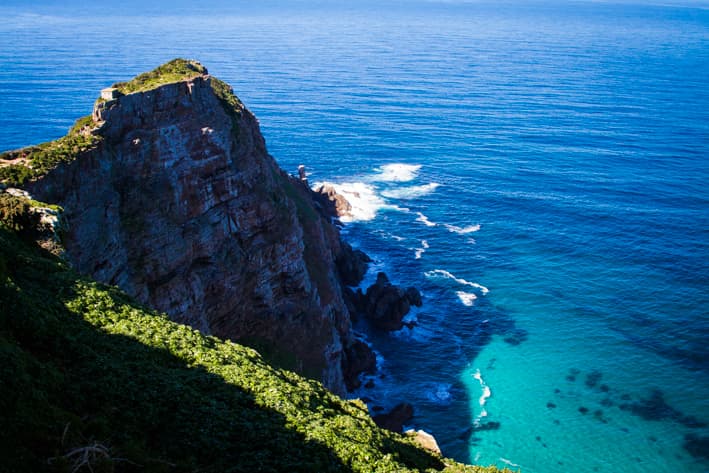
CAPE TOWN, DESERTS & BEACHES
12-Nights
Destinations visited:
- Cape Town
- Sossusvlei
- Wolwedans
- Principe Island
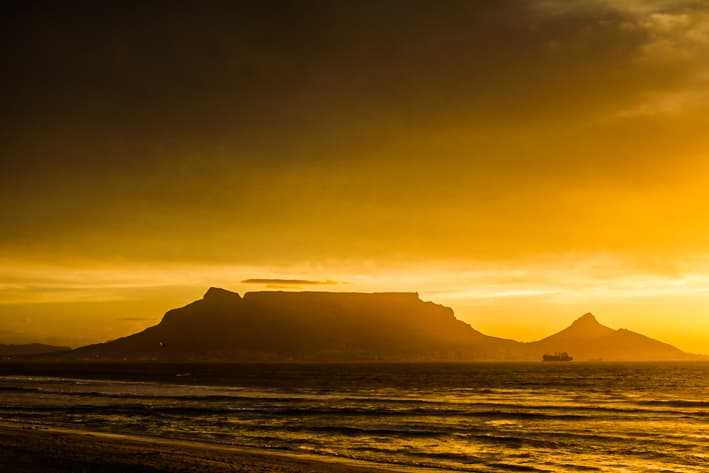
10-Nights
Destinations visited:
- Cape Town
- Sossusvlei
- Victoria Falls
- Hwange National Park
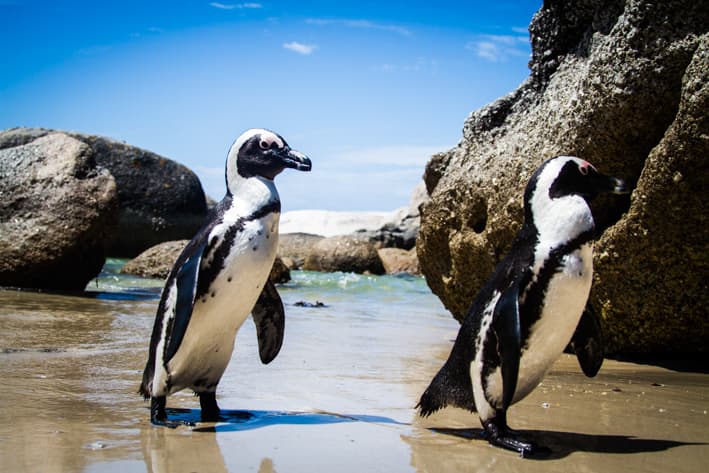
CAPE TOWN & SOUTH POLE EXPEDITION
12-Nights
Destinations visited:
- Cape Town
- Antarctica
- South Pole
- Emperor Penguin Colony
